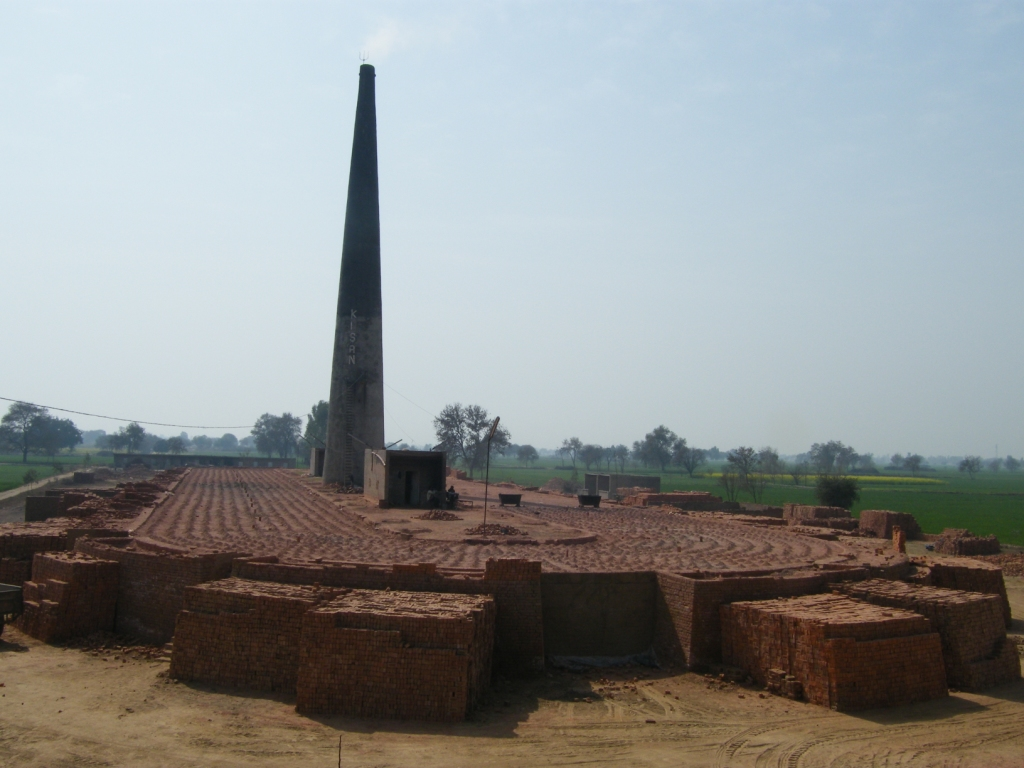India, the second largest producer of bricks in the world after China, manufactures nearly 200 billion bricks a year. About 70 per cent of these bricks are produced in the Indo-Gangetic plains, which have one of the world’s most fertile alluvial plains, Punjab State Council for Science and Technology said in a report.
Brick kiln industries consumed 25,20,000 cubic metres soil during 1995-2010, said a 2015 report in the International Journal of Innovative Research Development. The industry has been closed in many big cities of India for polluting the environment, but has started mushrooming in the countryside.
Building construction in India is estimated to grow at a rate of 6.6 per cent per year between 2005 and 2030 providing a steady demand for bricks. The brick making industry is utilizing 2.5 crore tonnes of coal and other biomass fuels per year. The construction boom is feeding the brick kiln industries across the country but the cost being paid is too high. Shrinking of agriculture land is pushing us towards a dooming agrarian crisis and there is a dire need to switch to more environment-friendly options.
Brick fields are mostly situated on riverine fertile agricultural land as they need clayish, silty, loamy, clay loam or silt loam soil with good texture however after the brick kiln industries has excavated the top soil, farmers are forced to grow either rice or millet, crops that require more water. Because of water-logging in their fields, they find it difficult to grow vegetables and other crops such as wheat and corn on their once fertile land.
Although the government is encouraging the use of eco- friendly fly ash bricks, it will be a while before red bricks are replaced because of lack of awareness about the harmful effects of brick kiln units on the environment.
